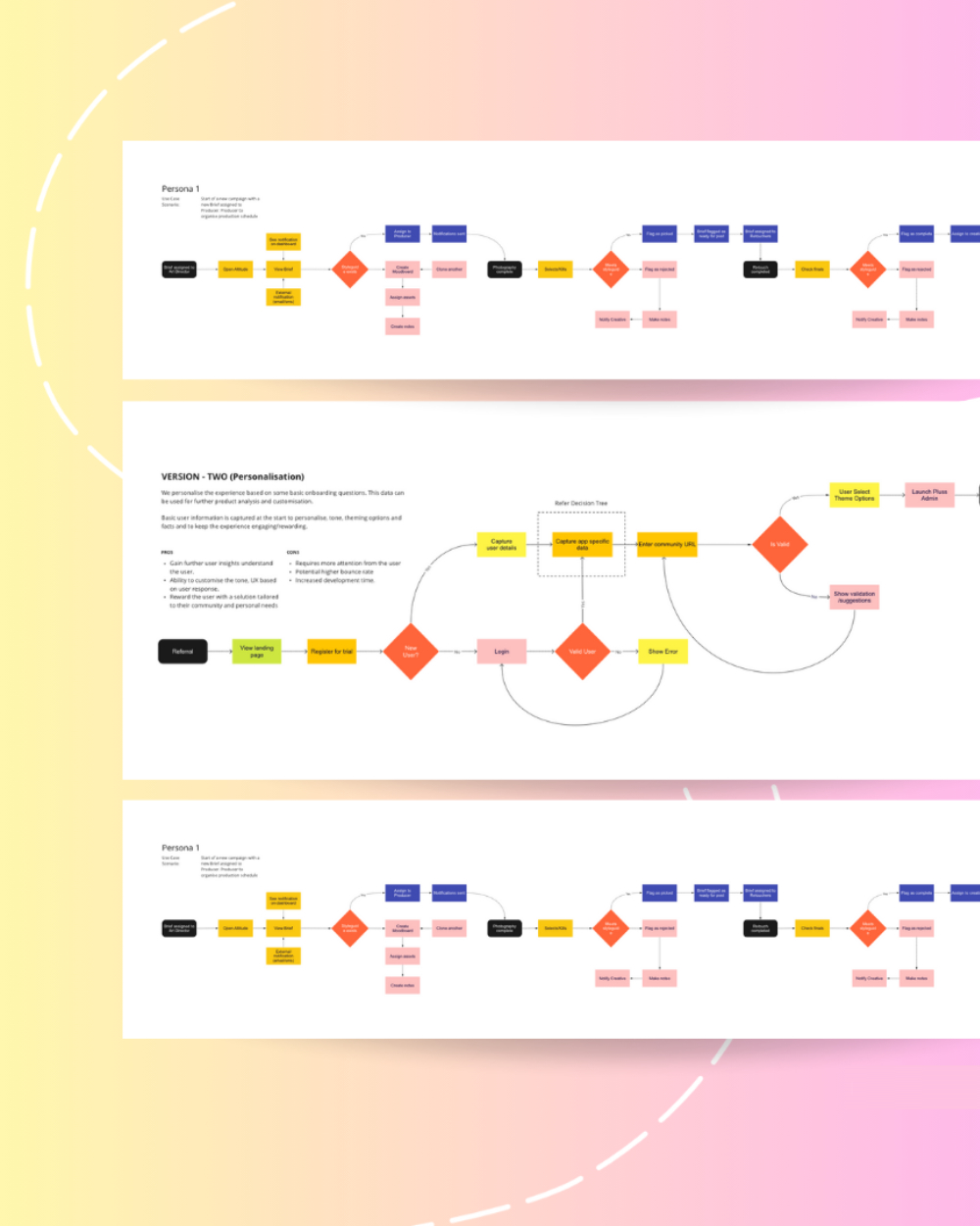Better UX, Better Apps: The Importance of User Journey Maps
In the dynamic landscape of web design and application development, creating a visually stunning interface and writing clean code are just the starting points. To truly build successful digital products, we must delve deeper into the experiences of those who will ultimately use them: our users. This is where the invaluable practice of user journey mapping comes into play.
Far from being a mere exercise in empathy, user journey mapping is a powerful strategic tool that provides a holistic view of the user's interactions with your product, uncovering pain points, identifying opportunities, and ultimately leading to more user-centric and effective designs.
What Exactly is a User Journey Map?
At its core, a user journey map is a visual representation of the steps a user takes to achieve a specific goal while interacting with your website or application. It typically outlines:
- The User: A specific persona representing your target audience.
- The Goal: What the user is trying to accomplish (e.g., purchasing a product, signing up for a newsletter, finding information).
- The Stages: The different steps the user takes to reach their goal.
- Touchpoints: The specific interactions the user has with your product at each stage (e.g., clicking a button, filling out a form, viewing a page).
- Thoughts and Feelings: What the user is thinking and feeling at each stage.
- Pain Points: Frustrations, difficulties, or negative experiences encountered.
- Opportunities: Areas where improvements can be made to enhance the user experience.
Why are User Journey Maps So Crucial?
Ignoring the user journey is like playing guess who with your user. You might have an idea of your ideal persona but you may never really know and end up building something they no one will use. Here's why integrating user journey mapping into your design and development process is paramount:
1. Deepening User Empathy and Understanding:
Creating a user journey map forces you to step into the shoes of your target audience. By visualizing their motivations, expectations, and emotional states at each touchpoint, you gain a profound understanding of their needs and frustrations. This empathy fuels more user-centric design decisions, ensuring that your product truly solves their problems.
2. Identifying Pain Points and Friction:
User journey maps excel at highlighting areas of friction within the user experience. By explicitly mapping out each step, you can pinpoint where users might encounter difficulties, get confused, or abandon their task. Addressing these pain points early and interating on them in the development process saves time, resources, and ultimately leads to a smoother and more enjoyable user experience.
3. Uncovering Opportunities for Improvement and Innovation:
Beyond identifying problems, user journey maps also reveal opportunities for enhancing the user experience. By analyzing user thoughts and feelings, you can identify moments where a small improvement or a new feature could significantly excite users and differentiate your product from the competition.
4. Aligning Stakeholders and Fostering Collaboration:
User journey maps serve as a powerful communication tool, providing a shared understanding of the user experience across different teams (design, development, marketing, support). This visual representation fosters collaboration and ensures that everyone is working towards the same user-centric goals. They are also a great resource to revist each time someone raises questions on certian functionality.
5. Prioritizing Features and Development Efforts:
By understanding the most critical stages and pain points in the user journey, you can prioritize which features and improvements should be addressed first. This ensures that your development efforts are focused on delivering the most value to your users and achieving your business objectives.
6. Designing for Consistency Across Channels:
In today's multi-device world, users often interact with your brand across various touchpoints. User journey maps can help ensure a consistent and seamless experience across different platforms, creating a unified and positive brand interaction.

Incorporating User Journey Mapping into Your Workflow:
Creating a user journey map doesn't have to be a complex undertaking. Start with UX research - gather insights from user interviews, surveys, analytics, and usability testing. Then, collaborate with your team to map out the key user personas, their goals, and the steps they take. Use visual tools like whiteboards, diagrams, or specialized software to bring the journey to life.
A user-centric approach is no longer a luxury - it's a necessity. User journey mapping provides the framework for understanding your users on a deeper level, identifying areas for improvement, and ultimately building web designs and applications that are not only functional but also enjoyable and effective.
By charting the course of your users' interactions, you pave the way for a more successful and impactful digital product.
